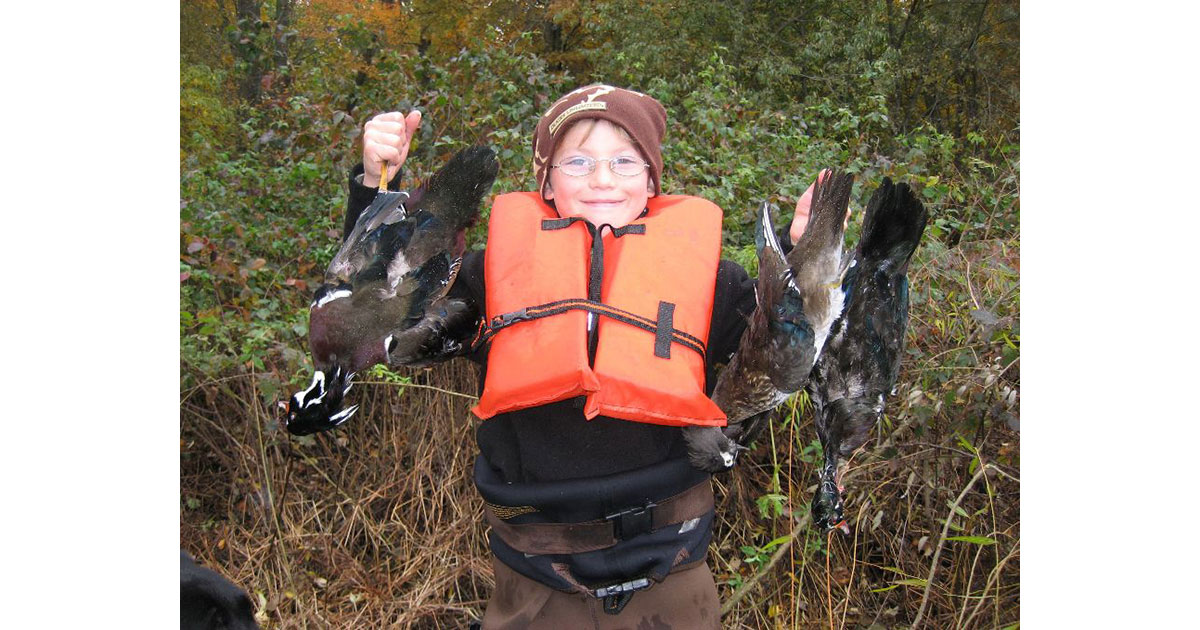By Jay Anglin Living the outdoor lifestyle is something many Americans dedicate themselves to at an early age. While there are several ways to enjoy the outdoors, hunting certainly ranks up there when it comes to time in the field. Over the past 40 years or so, hunter recruitment levels have dropped, and interest began to wane when among other reasons, the majority of the population shifted to a less rural lifestyle. The discontent with the countryside and less interest in hunting made it more difficult for experienced hunters to pass the tradition and heritage of hunting to the next generation. Thankfully, as soon as it was apparent trouble was on the horizon, the outdoor industry, conservation organizations and fish and wildlife agencies sounded the alarm, and major steps were taken to reverse the trend. Enter the R3 Initiative, which stands for Recruitment, Retention and Reactivation. According to the Council to Advance Hunting and The Shooting Sports, “R3” is a nationwide movement focusing on strategically increasing and diversifying participation in and support for shooting sports, hunting, and angling. On the hunting and shooting sports side, this movement started as a result of a noticeable decline in hunting and shooting sports participation starting in the 1980s. The decline in those activities, which sustain a multi-billion-dollar industry and provide the primary financial support for state-level wildlife conservation in the United States, posed a threat to wildlife conservation. In addition to hunting and shooting sports importance to conservation, these activities have also been integral to the American way of life and our culture as it has developed in our society having numerous benefits to those that participate. The R3 movement has continually evolved since its inception. It has become much more than a program and being integrated into many state and federal agencies, nonprofits, and industry organizations as part of how they do business. The R3 efforts around the country are much more encompassing than just the traditional “learn-to-hunt” programs. Current efforts strive to improve property and information access, reduce regulation complexity, and diversify our participant base, just to name a few. The long-term goal of much of the movement is to provide improved support and experiences for existing participants, ensure that new participants are introduced from all different backgrounds, and ensure that hunting, shooting sports, and angling are seen as relevant throughout all segments of society regardless of the percentage of the population that participates. Through these efforts it has never been easier for non-hunting adults and youths to participate in hunting opportunities by way of dozens of states offerings and special designated youth seasons for game such as wild turkey, deer and waterfowl. In addition, low-cost licensing options with fewer initial requirements such as Hunter Safety for mentored hunters in general. In addition, many public properties organize special youth outings and other education and orientation programs designed to streamline the process of becoming a hunter. Some state properties may even offer Free Youth Hunting Days. Developing a strong contingent of hunters and other outdoor enthusiasts will become increasingly critical for the active conservation and restoration of wild lands. Moreover, it’s extremely important for hunters to maintain a strong foothold in society to stave off attempts to limit or cancel a multitude of hunting opportunities (which has happened in other countries) so critical to effective wildlife management, as well as providing a conduit for vital excise tax funds such as those designated by the Pittman-Robertson Wildlife Restoration Act. Mentoring youth hunters early improves the odds some will eventually become good stewards of the outdoors and the environment in general – once they are capable of legally hunting on their own. Success in the field shouldn’t be strictly measured by tagging a buck or longbeard or hoisting a hefty strap of mallards. Perhaps this is one of the more important aspects of taking youths hunting; while harvesting game is certainly the goal, spending a day in the field and observing nature in all its glory – away from electronic devices and other distractions – is something younger generations are often critically lacking.  Young Hunter
Young Hunter
Wednesday, November 26, 2025
Monday, November 24, 2025
Take Kids Hunting! The Sport and Conservation Efforts Needs Them
- Details




